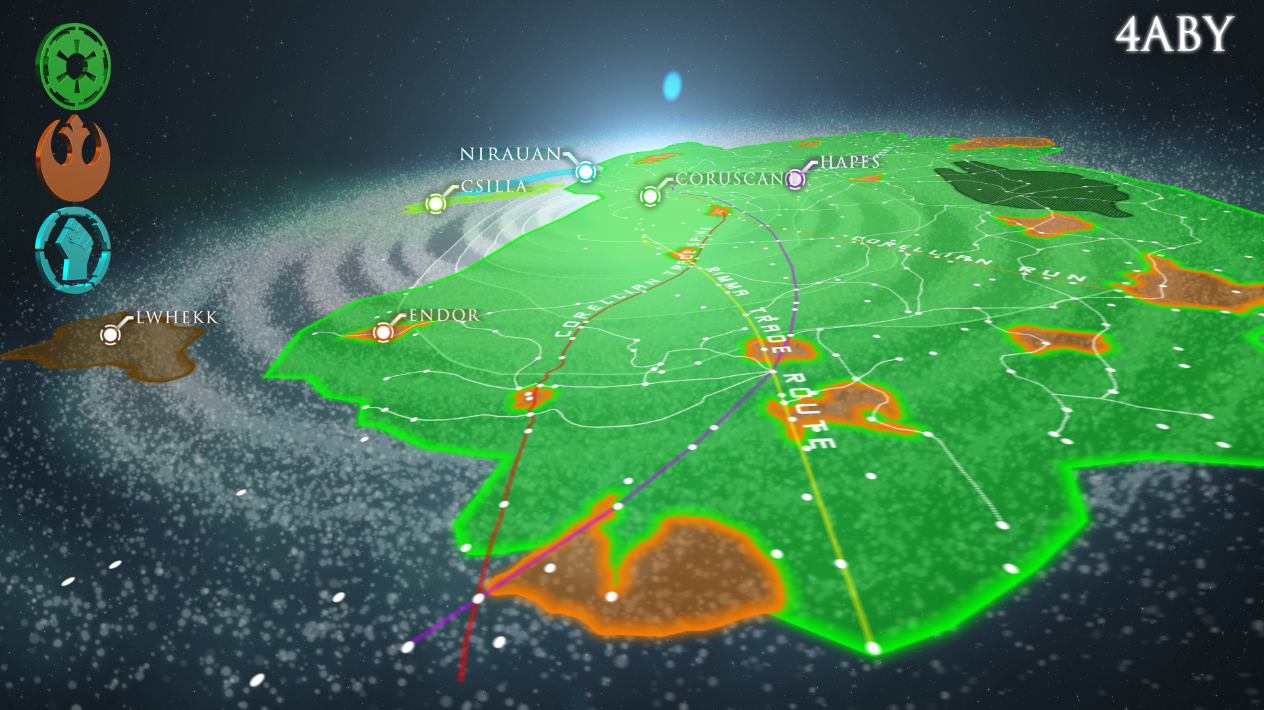I created these using Bitmap2Material 3 with photos taken from my camera. The process of creating these textures was pretty simple, since most of the maps were generated by the software. I altered a lot of fields on the different layers of the textures (e.g. AO subtraction from the base colour, tiling sliders etc) to make them seamless without any obvious tiling repetition.
I have learnt from this experience from using Bitmap2Material that it is a very useful tool for creating seamless, realistic textures, but not quite so useful for textures which are in a pattern (e.g. brickwork) - you need to either acquire a perfect positioned photograph, which will allow the tiling algorithm to then tile it for you perfectly, or photoshop your photograph to then make it useful for Bitmap2Material.
For metals, you will also need to either make your own mask for the metallic map to define what is and what is not metal, or use Bitmap2Material's metallic threshold tool, which will try to calculate metals from the photograph that you have taken based on the contrasting colour information.
Also, if you plan to create textures which do not exist in the real world (sci-fi, fantasy, stylistic etc), then this tool will not be useful. You can't completely rely on Bitmap2Material for making all of your textures. It depends on your situation and what texture you want to make.

